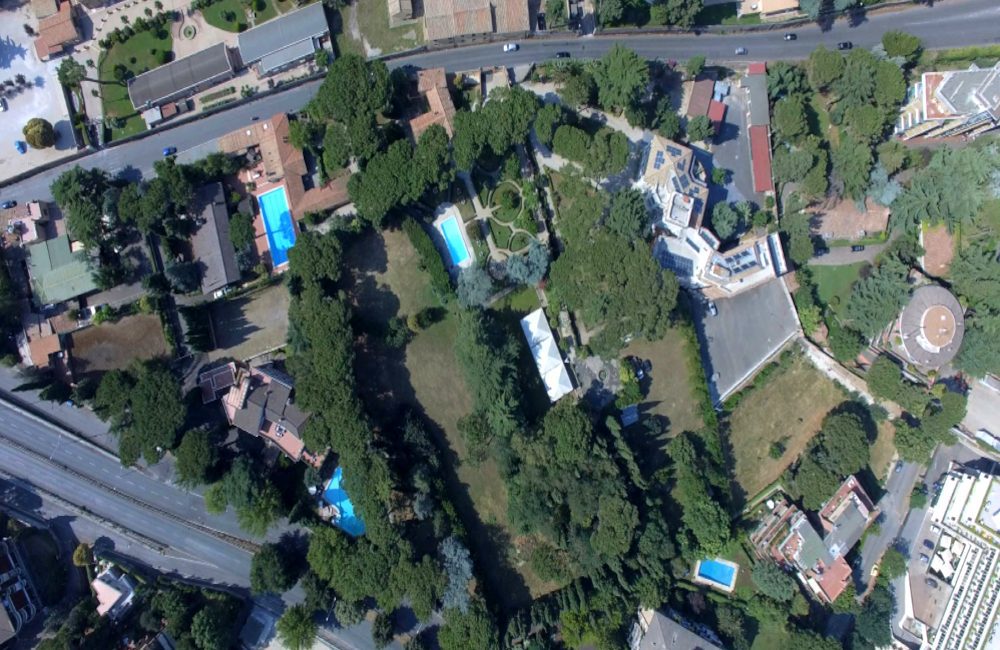Nestled amidst the eternal city of Rome lies a street that embodies centuries of history, charm, and undeniable allure. Via Aurelia Antica, a thoroughfare that traces its roots back to ancient times, has retained its significance through the ages. Today, it stands as a sought-after address, attracting residents and visitors alike with its rich historical tapestry and captivating ambiance. Let us embark on a journey through time and discover why Via Aurelia Antica continues to captivate hearts and minds.
A Walk Through History
The story of Via Aurelia Antica dates back to the glory days of ancient Rome. Constructed in 241 BC, during the Republic era, it was a vital road that connected Rome to the western regions of the empire. Named after the consul Marcus Aurelius Cotta, it served as a gateway to the Mediterranean, facilitating trade and fostering cultural exchanges.
Throughout the centuries, the street witnessed the rise and fall of empires, the passing of armies, and the footsteps of countless historical figures. Walking along Via Aurelia Antica, one can almost feel the echoes of the past reverberate through its cobblestones. Remnants of ancient Roman villas, aqueducts, and catacombs provide a glimpse into a bygone era, reminding us of the street’s enduring legacy.
Address Today
Located in the western part of Rome, Via Aurelia Antica maintains its historical significance while offering a prime residential location in the modern city. The street spans from the district of Gianicolense to the Aurelio neighbourhood, offering a mix of residential buildings, lush green spaces, and a sense of tranquillity rarely found in a bustling metropolis.
Strolling down this iconic street, one encounters a blend of architectural styles, ranging from elegant villas with well-manicured gardens to modern apartment complexes. The picturesque surroundings, including the lush Villa Doria Pamphili park, add to the desirability of the area. The proximity to essential amenities, educational institutions, and convenient transportation options further enhance its appeal.
The Allure of Living in Via Aurelia Antica
The timeless charm and unique character of Via Aurelia Antica make it an exceptionally sought-after place to call home. Residents are drawn to the street’s combination of historical significance, natural beauty, and a tranquil atmosphere. Living here offers an opportunity to immerse oneself in the rich heritage of Rome while enjoying the comforts of contemporary urban living.
The presence of well-preserved historical sites, such as the early Christian catacombs of San Pancrazio, serves as a constant reminder of the street’s illustrious past. Additionally, the area boasts a vibrant community, with local markets, charming cafes, and authentic trattorias contributing to the vibrant social fabric.
Conclusion
Via Aurelia Antica in Rome is not merely a street; it is a testament to the enduring spirit of a city that has captivated the world for millennia. From its ancient origins as a vital Roman thoroughfare to its present-day charm and allure, this historic address continues to enthral residents and visitors alike. Walking in the footsteps of history, surrounded by architectural marvels and the lush beauty of Rome, one cannot help but be enchanted by the timeless appeal of Via Aurelia Antica.
An opportunity to own a villa with historical links to the Vatican
Welcome to Villa “La Contessa”, an enchanting sanctuary nestled in the heart of Rome. This exquisite estate offers a tranquil escape from the bustling city life, combining luxurious family living with breath-taking gardens. Steeped in history and intricately connected to the Vatican, this remarkable property complex lies just moments away from the awe-inspiring St. Peter’s Basilica, spanning an expansive 3 hectares (30,000 sq m) of land.
What truly distinguishes this estate, however, lies hidden behind an iron-cast gate—a precious secret that unveils catacombs deep beneath the grounds. These catacombs hold the remains of two Popes, known as “Two Feliks.” In 274 AD, Pope Felix I was interred there, followed by the addition of the remains of Pope Felix II in 365 AD, infamous for being an antipope. The historical significance of these catacombs has resulted in the keys to the gate being entrusted to the Vatican’s archaeological team – Read more

